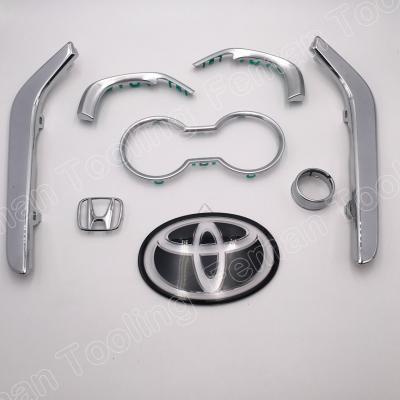(1) The air stored in the pouring system and the mold cavity.
(2) Some raw materials contain moisture that has not been removed by drying, and they will vaporize into water vapor at high temperatures.
(3) Because the temperature of the injection molding mold is too high during injection, some unstable plastics will decompose and generate gas.
(4) Gas generated by volatilization or chemical reaction of certain additives in plastic raw materials.
(1) During the injection molding process, the melt will replace the gas in the cavity. If the gas is not discharged in time, it will be difficult to fill the melt, resulting in insufficient injection volume to fill the cavity.
(2) The gas that is not smoothly removed from the injection mold will form a high pressure in the cavity and penetrate into the plastic under a certain degree of compression, causing quality defects such as cavities, pores, loose tissue, and silver streaks.
(3) Because the gas is highly compressed, the temperature in the cavity rises sharply, which in turn causes the surrounding melt to decompose and burn, causing local carbonization and scorching of the plastic parts. It mainly appears at the confluence of two melts, at the gate flange.
(4) The poor removal of gas in the injection mold will cause different melt speeds entering the cavities, so it is easy to form flow marks and fusion marks, and reduce the mechanical properties of the plastic parts.
(5) Due to the obstruction of the gas in the cavity, the filling speed will be reduced, the molding cycle will be affected, and the production efficiency will be reduced.
